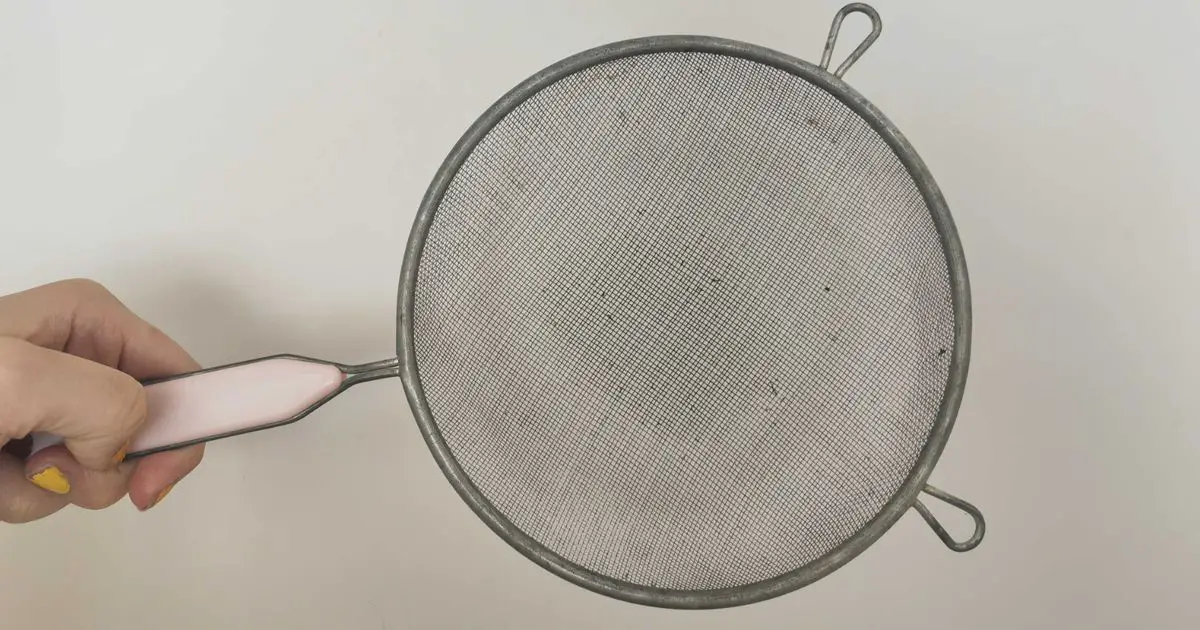
Ah, sieves ― they’d be such a handy tool if they weren’t nigh-on impossible to clean.
As someone who tends to be much kinder to “current me” than I am for “future me,” – I still end up using mine about once a day.
It’s perfect for draining pasta (except for the washing). It’s a great way to ensure no lemon seeds end up in the juice (except for the washing). It’s useful for sifting flour, too, except… well, you get the message.
So you can only imagine how relieved I was to find that taking one simple step immediately after using the tool can prevent an awful lot of stuck-on food.
Which is?
Food magazine Bon Appétit wrote that whacking the utensil against your sink as soon after using it as possible is really, really helpful.
“As soon as you finish using your sieve, bang it against the sink,” they shared.
“This helps dislodge some of those smaller pieces that haven’t had time to mush up and settle in.”
They add that you should also soak your sieve in very hot, soapy water for 15 minutes “right away.”
A dash of distilled white vinegar added to the mix can make cleaning it even more effective, the publication says.
However, for both methods, speed is key.
Is that the only hack?
Far from it. In a Reddit thread about the cooking conundrum, site users were full of recommendations.
“I turn it upside down in the sink, and use the sprayer to blast the back side. This usually cleans it pretty well,” one Redditor wrote.
Many advised against letting your sieve rest after use, even for a minute ― more people than I’d expected knew about the “banging it against the sink” trick too (am I the only one this is news to?).
Yet another person suggested using a toothbrush if the debris gets really dire (Bon Appétit reccomends this too).
With all the resentment I’ve built up to that accursed mesh, hitting it against the sink should be easy…







